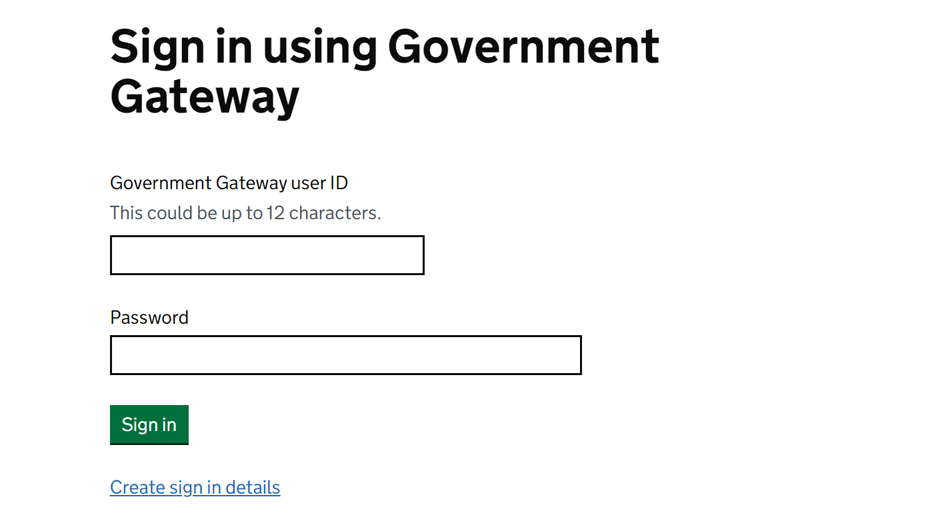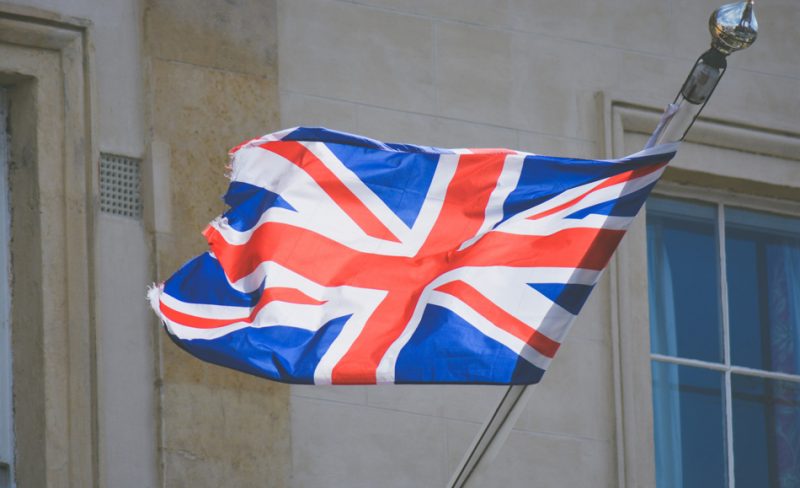The taxation system (an obligatory fee or financial charge) in the United Kingdom may be dated back to the year 1203 when King John instituted an export tax. The system expanded significantly with the foundation of the United Kingdom in 1707. Today it incorporates payment at two tiers of the Central and Local governments, where the centre obtains revenues mostly from income tax, national insurance, value-added taxes, and fuel fees, while the local government mainly derives its resources from council tax, central government finances, and business rates in England.
In order to operate effective administration, a government require resources, and hence it is extremely vital to pay taxes, yet occasionally we may pay more than actual taxes owed. There might be several reasons for same. The government, however, has developed a mechanism to seek back refunds in the UK. Rebates can be claimed only if one has paid in excess from job payments, pensions, self-assessed taxes, payment protection insurance (PPI), foreign income, and redundancy payments. In this article, we will explore three ways you can claim your refund.
1. Claim Refund Through HMRC’s Digital Service

The service to claim back refund comes under the government’s digital service dubbed ‘Personal Tax Account’, which can be used to check your tax code and employability status in their records. The account also provides the amount of tax that needs to be paid.
One may only seek a refund if it is specified by a calculation letter, also known as a P800 or a Simple Assessment letter. These letters are sent by the government’s HM Revenue and Customs (HMRC) to those who overpaid taxes. The letter will provide you with complete details of how much tax is owed as well as the amount refunded to you. However, these letters are only sent to those who are either employed or receive a pension. If someone has registered for Self-Assessment, then their bill and refunds will be adjusted automatically in an overpaid tax. These letters are sent between June and November.
Tax calculation letters are generally obtained by individuals who entered erroneous tax code, showed consistent income even when one leaves work, starts receiving a pension, and obtains a support allowance. On the other hand, a Simple Assessment letter will be mailed only to those who owe more than £3,000, paid tax from the state pension, and if tax was automatically deducted from income.
In order to request it online, one requires their Government Gateway user ID and password, which may be generated using a national insurance number, a driving license issued by the DVLA, and a salary slip. The money is normally repaid to a UK account within five business days. However, the claim must be submitted online within 21 days; if it is not done, then the HMRC will send you a check that will be delivered to within six weeks of the date on your tax calculation letter.
2. Call the HMRC Helpline

The government has provided various ways to help the general public in case of overpayment of taxes. Some of them are listed here.
The first approach is to reach out to the HMRC support by calling 0300 200 3300 or +44 135 535 9022 (outside the UK); the office is open Monday to Friday, 8 am to 6 pm. But before you make a call, be ready for the security check questions. You will also be asked to choose the type of service needed – if it is updating address, checking tax code or others. This normally should be done in three or four phrases since the helpline employs voice recognition software. Another important piece of advice is to reach out to support before 10 am as phone lines can get busy after.
Besides phone, you can also go on Twitter using the handle @HMRCcustomers for support. Note that you might be able to receive general support rather than help with personal or financial.
The third option to get help is using the age old postal system. You can write to HMRC on Self Assessment, HM Revenue and Customs, BX9 1AS, United Kingdom. If additional assistance is needed, you can book a phone or video appointment with customer support team. You can even utilise the web chat facility provided by the government.
3. Visit the Nearest Tax Authority Office

The HMRC website does not provide a list of locations to visit rather encourages users to get in touch by phone or email. The 13 regional headquarters of HMRC are still in the midst of digitalisation. Having said that, keep the following addresses handy if you plan for a one-on-one interaction. The list includes Corporation Tax Services- BX9 1AX; National Insurance Contributions- BX9 1AN; NIC and Employer Complaints- BX9 1A; VAT Written Enquiries Team – Alexander House, 21 Victoria Avenue Southend-On-Sea, SS99 1BD; and PAYE, Self-Assessment, Capital Gains Tax, Inheritance Tax- BX9 1AS.

